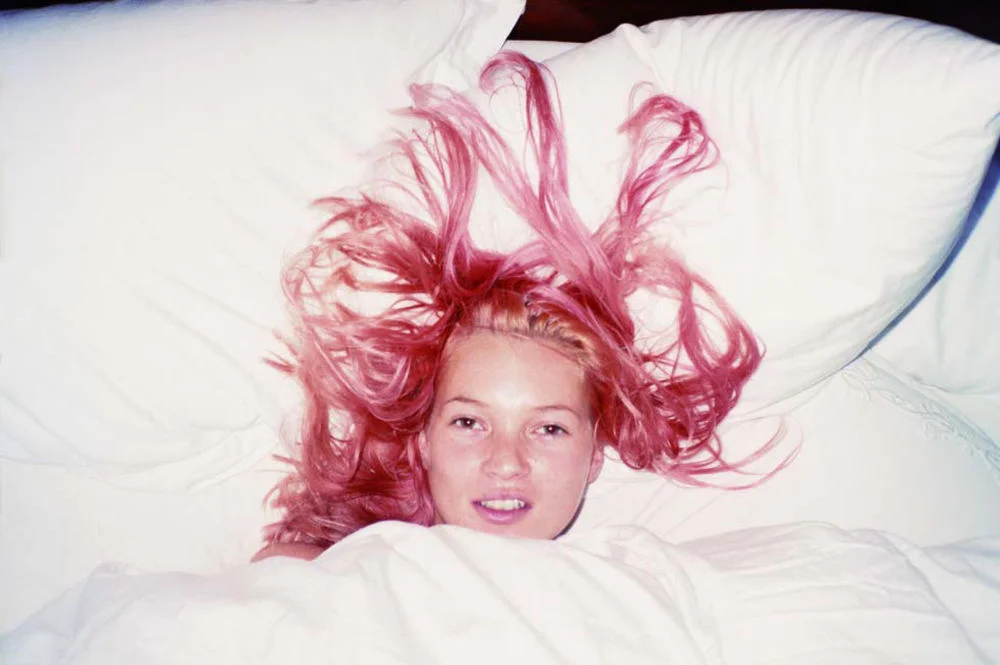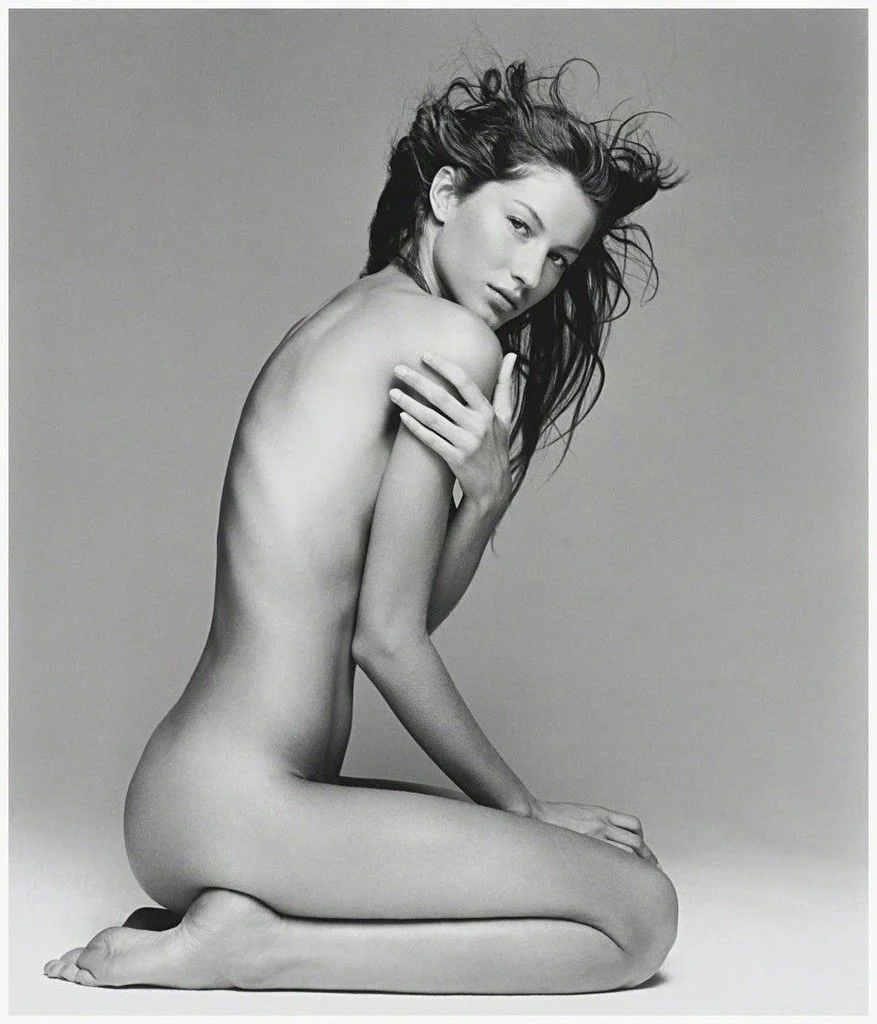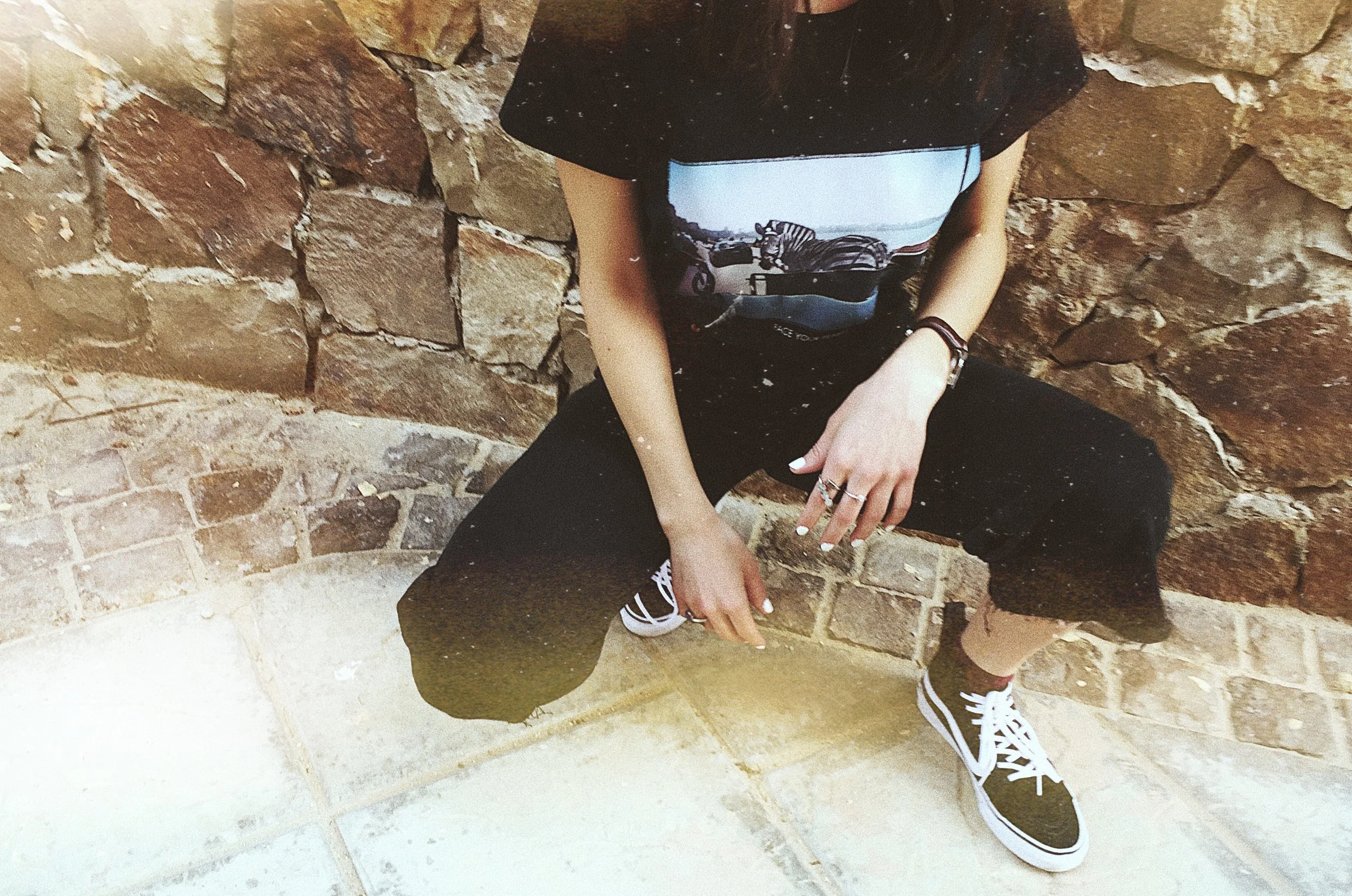Mannequin: An Essay on the Progression of the Elusive Modeling Industry
Modeling is easily the art and fashion industries’ most controversial profession. Sitting awkwardly between passive involvement and active vitality, a model can make or break an image. Models are at the heart of portraiture photography, which captures a human subject. This essay explores the trajectory of an age old industry, that has recently experienced drastic changes due to the inception and progression of a digital age so powerful that it's given every single one of us a voice. The intersection of fashion and technology has never been so close. An age old proverb says that ‘a picture is worth a thousand words', and the model within it portrays every single one of them.
Until the early 1800's, modeling, derived from the french word “modelle”, was used mainly to describe people posing for a drawn portrait. The invention of the camera in the late 1900's, saw people begin to pose for more than self portraits, they began to pose for ads, featuring both men and women, that were published in newspapers and print publications. In 2004, The Met had released an essay about how Charles Fredrick Worth, the father of Haute Couture, had his wife, Marie Augustine Vernet, model his designs in the 1850's. This made her the first known fashion model. Prior to Worth’s wife, plastic mannequins were used to model new designs. Coincidentally, the decision to use his wife as a “live mannequin” changed the fashion industry's perception of presentation forever.
American Vogue launched their first issue in 1882. At the time, the magazine was filled with drawings of designer clothing, rather than photographs of them as we see them today. As time went on, Vogue became the fashion bible to follow, an influential and timeless publication, that not only affected the fashion industry, but the way the whole world viewed fashion as a form of self expression and documentation of the times.
As photography progressed as a profession, the fashion industry flourished. In 1946, Ford Models became the first ever Modeling Agency, founded by Eileen and Gerard Ford. Ford Models catapulted an entire movement, opening doors for models who wanted to make a career out of what was once just a hobby or one time gig, and discovering some the industry's most notable names to date such as Dovima, Carmen Dell’Orefice, Wilhelmina Cooper, and Dorothea Parker.
As the fashion industry blossomed, cities around the world became dubbed “Fashion Capitals”. London, England became one of them during the 1960's. Hosting models like Twiggy, Jean Shrimpton, and Joanna Lumley, London became a sort of fashion hub, where models moved, partied, socialized and walked the top shows globally.
In the 1970's models started gracing the cover of American Vogue for the first time, a major turn point that instigated the “Cover Girls” era. In 1974, Beverly Johnson became the first African-American model to be on the cover of American Vogue, and model Margaux Hemingway signed an astounding million-dollar contract with the magazine in 1975. Moves like these put modeling on the map, as a profession of money, controversy, progression, change and most importantly influence. In 1980, Ford Models held the first ever Ford Supermodel of the World competition, in an attempt to discover fresh faces all around the world, thus paving the way for the pageants.
The preceding decade, the 1990's, was known as the “Supermodels” era. Currently referred to as an iconic time, the 90’s was when fashion became a way of life, and began to merge seamlessly into the world of entertainment and pop culture. This era was the most prominent in the industry's progression to date, establishing modeling as an elite profession and coveted lifestyle. Kate Moss, Naomi Campbell, Christy Turlington, Cindy Crawford, and Linda Evangelista were the 90’s icons that took the fashion industry by storm, booking high-fashion shows and editorials with household names such as Chanel, Givenchy, Yves Saint Laurent, and Versace. These women caused a complete shift in the fashion industry, selling millions of magazine covers, and introducing WAIF body types, a certain glamorous rock n’ roll lifestyle, and shedding new light on the life of a supermodel. They enjoyed highly mediatized relationships with movie stars, such as the now pop cultural union that is Kate Moss and Johnny Depp, as well as massive scandals that made front page news, such as Naomi Campbell's arrest and jail sentence. Models became high profile celebrities, a glimpse into modeling’s future.
At the turn of the millennium, the fashion industry’s dynamic had shifted completely. Models were stick thin, unhealthy, and drug scandals plagued the profession, despite controversy the industry was making billions and doing better than ever.
During this decade, Victoria’s Secret was the most distinguished fashion show of all, launching the careers of the likes of Gisele Bundchen, Candice Swanepoel, and Rosie Huntington. In 2006, the now iconic fashion movie “The Devil Wears Prada” came out. This movie was written by Lauren Weisberger, and it showed the inner workings of a prestigious and fictitious fashion magazine, revolving around the life of Miranda Priestly, a high fashion magazine editor. It was said that Weisberger had written the movie based on American Vogue’s editor Anna Wintour. The movie premiered in New York, where Anna Wintour attended, wearing Prada.
By 2007, the internet was saturated with news of celebrities and models. People began to closely follow celebrities as people rather than the brands they represented, social media began to make it’s mark on the world.
When the popular social media app “Instagram” was introduced in 2010, no one could ever predict the kind of control and influence it would have on such a powerful industry.
The new era of “Instagram models” shaped itself slowly but surely, taking a toll on the fashion industry in unimaginable ways. First and foremost, during castings models are asked about their following count, as well as how many likes they receive. So as of now, their Instagram profiles have become added to their measurements, and play arguably a bigger role than anything else in selection. Most of the time, these “Insta-models” are not what models traditionally look like, or don't fit the ‘criteria’ that was built over decades. This caused tension and uproar in the industry.
Furthermore, since it has not been long since the 90’s era, models of that time are trying to establish careers for their children, an example is seen with Cindy Crawford and daughter Kaia Gerber. Socialites are rife in the industry, Kendall Jenner and Gigi Hadid, are now considered “models of the moment”, due to the fact that they have millions of followers online. Nepotism is the new curator of talent. Models that have risen to fame in this way are subjected to ridicule and backlash, due to their careers being dubbed fake and unsustainable.
David LaChapelle, Alexander McQueen and Isabella Blow: Burning Down the House, 1996. Image courtesy of Staley-Wise Gallery.
Mid 2016 American Vogue published an article on how social media has ruined modeling, stripping the profession of its integrity. This piece circled around the fact that modeling used to be about timeless beauty, and now it's about the model's public image, following, and online buzz; so rather than selling the product, they're selling a facade. It has also been mentioned that the playing field is no longer even, hinting at famous families, money, bribes and again nepotism being of heavy involvement in the industry. Vogue elites had have recently begun to single out more classic models such as Blanca Padilla , who had less than 2K IG followers when she first started getting booked for high-fashion gigs, and opening three fashion shows during fashion week back in 2014. This is in an effort to restore some balance and fairness to the profession.
Fashion is not just about clothing, anyone who pays attention can deduce as such, it’s art and expressive and reflective of the moment. The world of fashion revolves around talent, innovation, and the presentation of these things in otherworldly ways, this is why modeling is so essential. Understandably, modeling has always been about the clothes, about the beauty of the picture, about how captivating things can look when put together, and now it seems as though it’s about the hype and the people that can garner the most attention.
Gisele, 1999 by Patrick Demarchelier
Despite its disadvantages, the internet has played a crucial role in shaping the modeling industry; models are now able to share their travels, experiences, behind the scenes, beauty tips, and beliefs with everyone. Bringing to us the behind the scenes of one of the world's most elusive industries, showing genuine humanity, and making modeling for the first time ever a relatable job. Like anything else, a massive platform means a powerful voice. Many models use their strong online presence to do some good, by addressing issues such as body shaming, animal testing, diversity, gun control, racism and sexual harassment. The progression of this particular industry has been both unexpected and fascinating, as it brutally showcases how technology shapes mankind and vice versa. To stay relevant you need to ride the wave fearlessly, showing more of who you are and hoping that one day you'll be singled out from the millions of girls now dubbed 'models' as being one of the very few who go down in history as truly iconic.
“Modeling is really silent acting.
”









